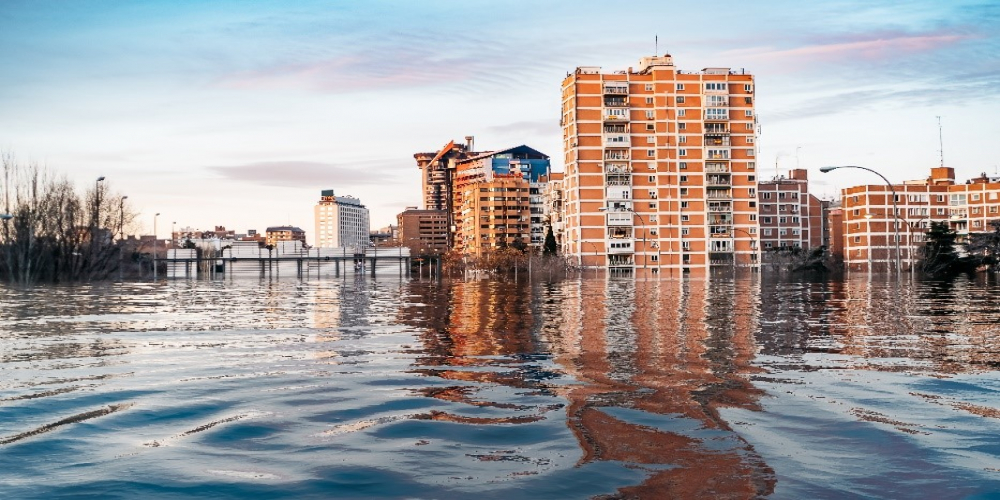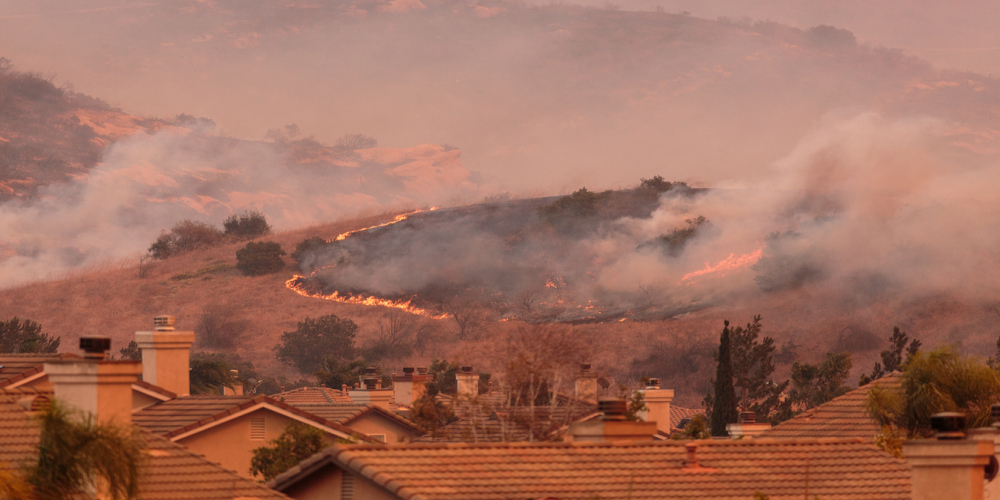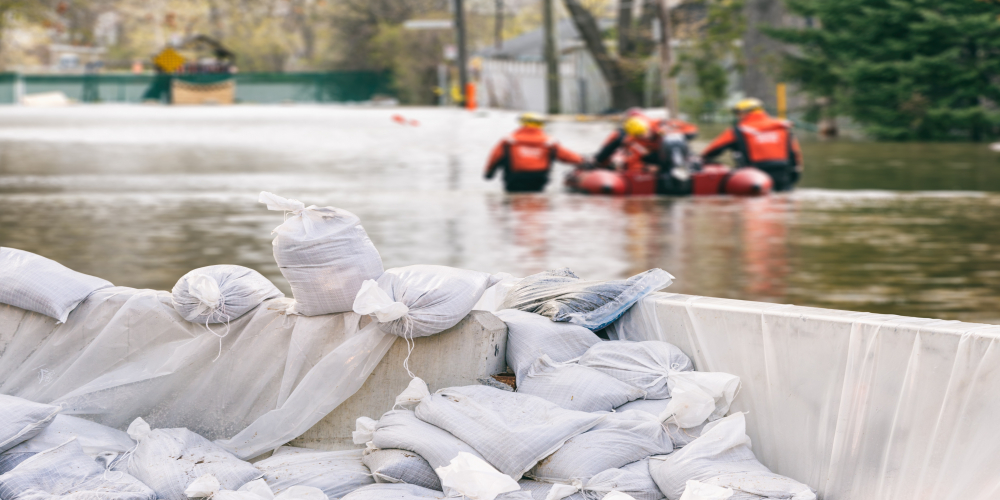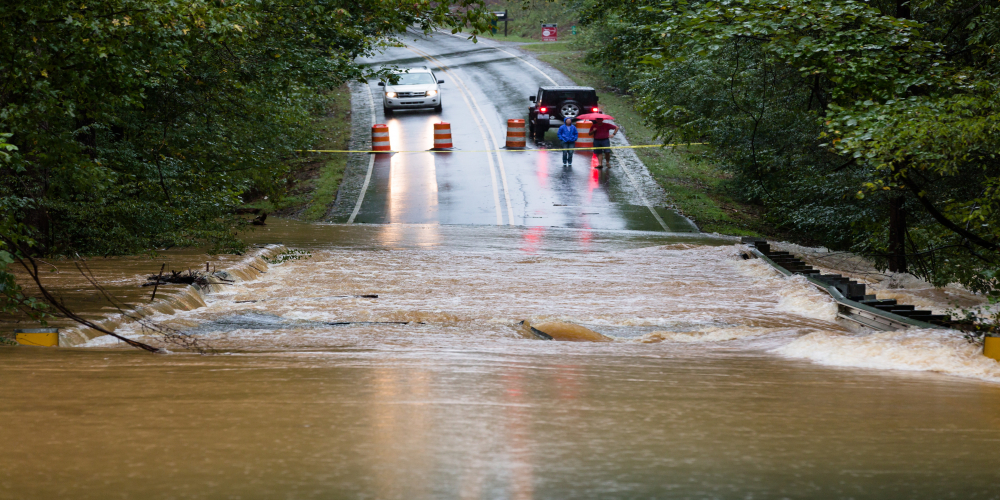Blog
The global spread of COVID-19 and resulting quarantine measures have disrupted manufacturing supply chains and dramatically reduced business and household consumption.
Tags:
#economic-impact
#Resilience
It’s been a busy period of travel for me, starting with a scenario planning conference in Connecticut and moving onto a resilience conference in Washington, DC. During November 13th-15th, 2019, I took part in TRB’s 2nd International Conference on Resilience to Natural Hazards and Extreme Weather Events . Overall, the conference focused on best practices for adapting transportation networks to better withstand natural disasters.
Tags:
#Resilience
#TRB
Growing up in the Swiss Alps, the natural hazard I was most aware of as a child was avalanches. My village was especially exposed to this risk. When the road to access the villages in the valley was improved by partly covering it with avalanche sheds, this was regarded as a huge step towards reducing the number of days in winter during which the villages were cut off from the outside world. However, something in the planning process must have gone wrong: The avalanches still tended to bury the road with snow where it had not been protected by sheds. Obviously, while some segments of the road had been made resilient, the road as a whole, with its unprotected segments, was still vulnerable.
Tags:
#Resilience
Katrina . . . Wilma . . . Irene . . . Matthew . . . Harvey . . . Great Smokey’s Fire . . . Mendocino . . . Sandy . . . Maria . . . Irma . . . Camp Fire . . . Michael
Tags:
#Resilience
This fall, Hurricanes Florence and Michael presented a story that is sadly familiar. Disaster strikes, the waters recede and reveal the damage. A national conversation on resilience ensues. Will we be prepared next time? Can we be stronger than the storm? In adapting our infrastructure for a changed climate, the impetus for action is clear. However, translating resilience from buzzword to action is a generational challenge for planners. Understanding the history and meaning of the concept is a good place to start. Here goes.
Tags:
#Resilience
Resilience has emerged as a significant consideration in developing long-term transportation plans in response to US DOT’s Climate Change and Resiliency initiatives. The focus has been on hardening existing and planned infrastructure and assessing risks and recovery for key elements of the transportation system. These efforts have focused on facility and human vulnerabilities, and on operational recovery. However, as we have seen repeatedly, identifying “vulnerability” and assessing resilience and recovery for populations often ignores the unique needs, resource deficits and challenges faced by low-income and minority populations.






